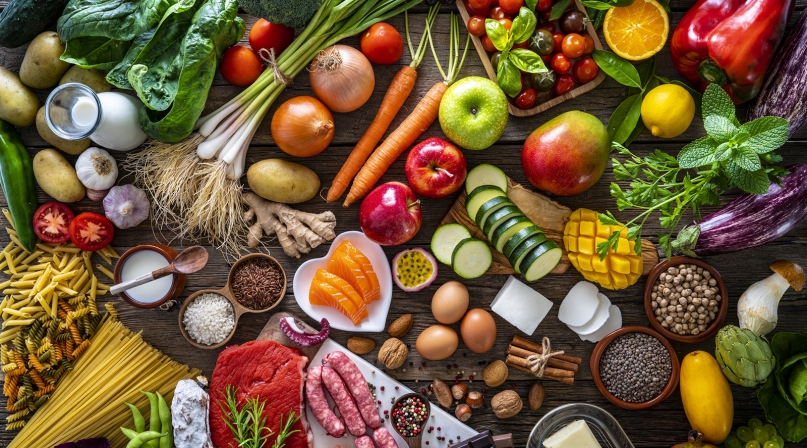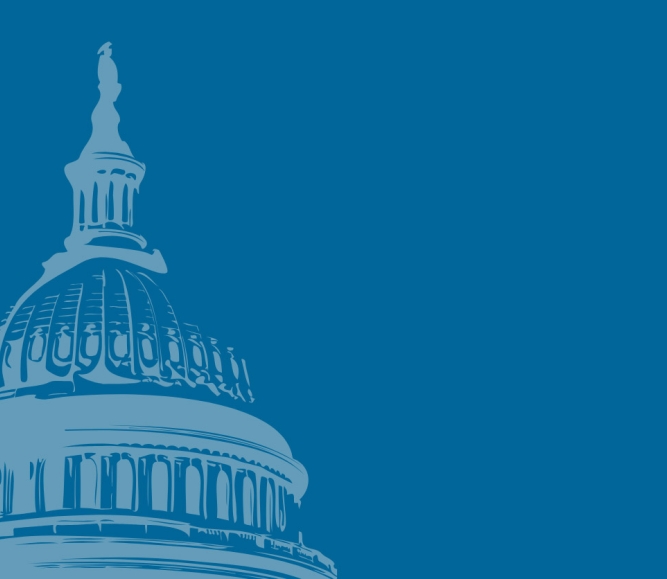U.S. Department of Agriculture will permanently increase SNAP benefits beginning October 1, 2021
Author
Upcoming Events
Related News

Key Takeaways
On August 16, the U.S. Department of Agriculture (USDA) announced that the agency will be increasing the value of monthly benefits under the Supplemental Nutrition Assistance Program (SNAP), which provides monthly funds to assist low-income households with purchasing groceries. Starting October 1, 2021, SNAP benefits will increase by roughly 27 percent over pre-pandemic levels due to an updated assessment of what the Agency deems to be a minimal-cost, nutritious diet—also known as the Thrifty Foot Plan (TFP). County governments administer SNAP in 10 states and recognize its critical role in helping vulnerable residents meet basic needs while stimulating the local economy.
First developed in 1975, the TFP has long been criticized as relying on outdated assumptions about access to grocery stores, shopping patterns, food prices and the amount of time households spend preparing food from scratch. In 2018, Congress included language in its bipartisan Farm Bill reauthorization directing USDA to reevaluate the TFP based on current food prices, food composition data, and consumption patterns. In a January Executive Order, President Biden directed USDA to undertake that statutory review as soon as possible.
According to USDA, a nutritious, practical, cost-effective diet costs 21 percent more than the current TFP. The updated TFP will align more closely with recommendations in the Dietary Guidelines for Americans and include a modest increase in calories. As a result, SNAP benefits will increase by roughly $1.19 per day, excluding temporary benefit increases provided via pandemic relief. Tables of changes in benefit levels by state can be found here.
Given our role serving as the front line of the social safety net—including by annually investing $58 billion state, local and federal resources in human services programs—county leaders provided valuable feedback on the TFP during USDA’s stakeholder listening sessions. We applaud our federal partners for performing a thorough review and making updates to the TFP to better account for regional factors that impact SNAP purchasing power.
Additional Resources
Resource
Supplemental Nutrition Assistance Program (SNAP) Reauthorization and Appropriations

Related News

County Countdown – Dec. 15, 2025
Every other week, NACo's County Countdown reviews top federal policy advocacy items with an eye towards counties and the intergovernmental partnership.
Stretching small opioid settlement allocations helps funding do more
States and localities are set to receive $56 billion in opioid settlement dollars over an 18-year period, but not every county that receives settlement funding will get enough to build out infrastructure.
